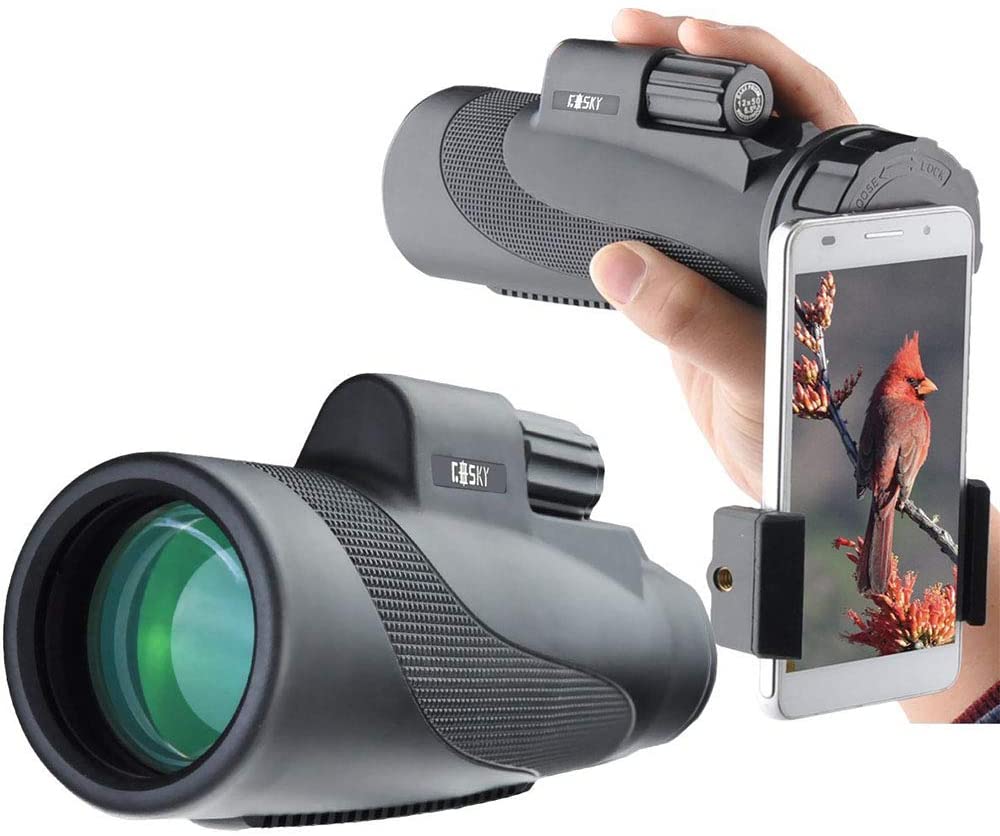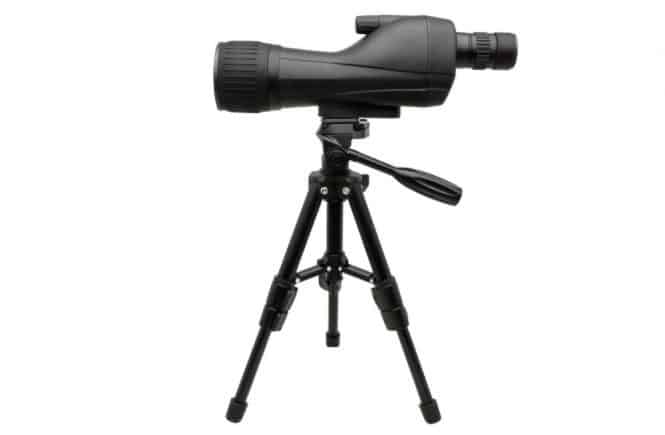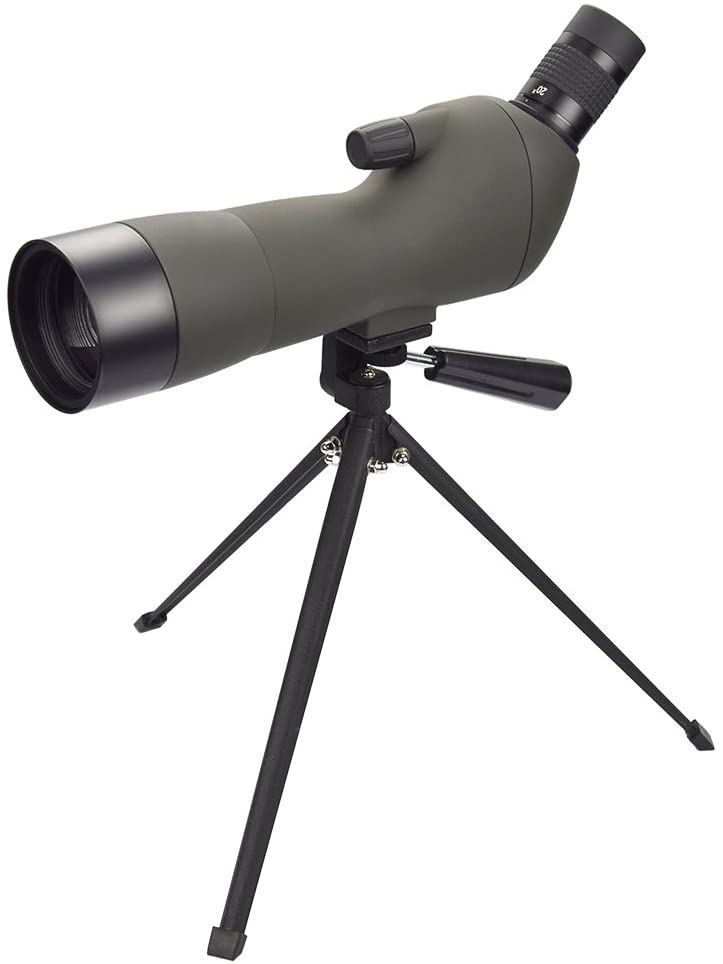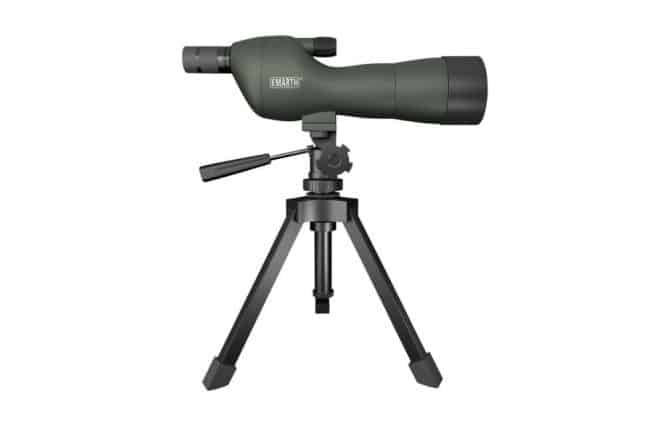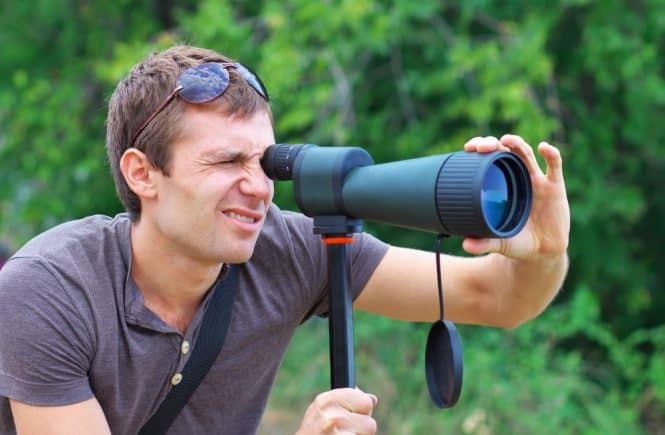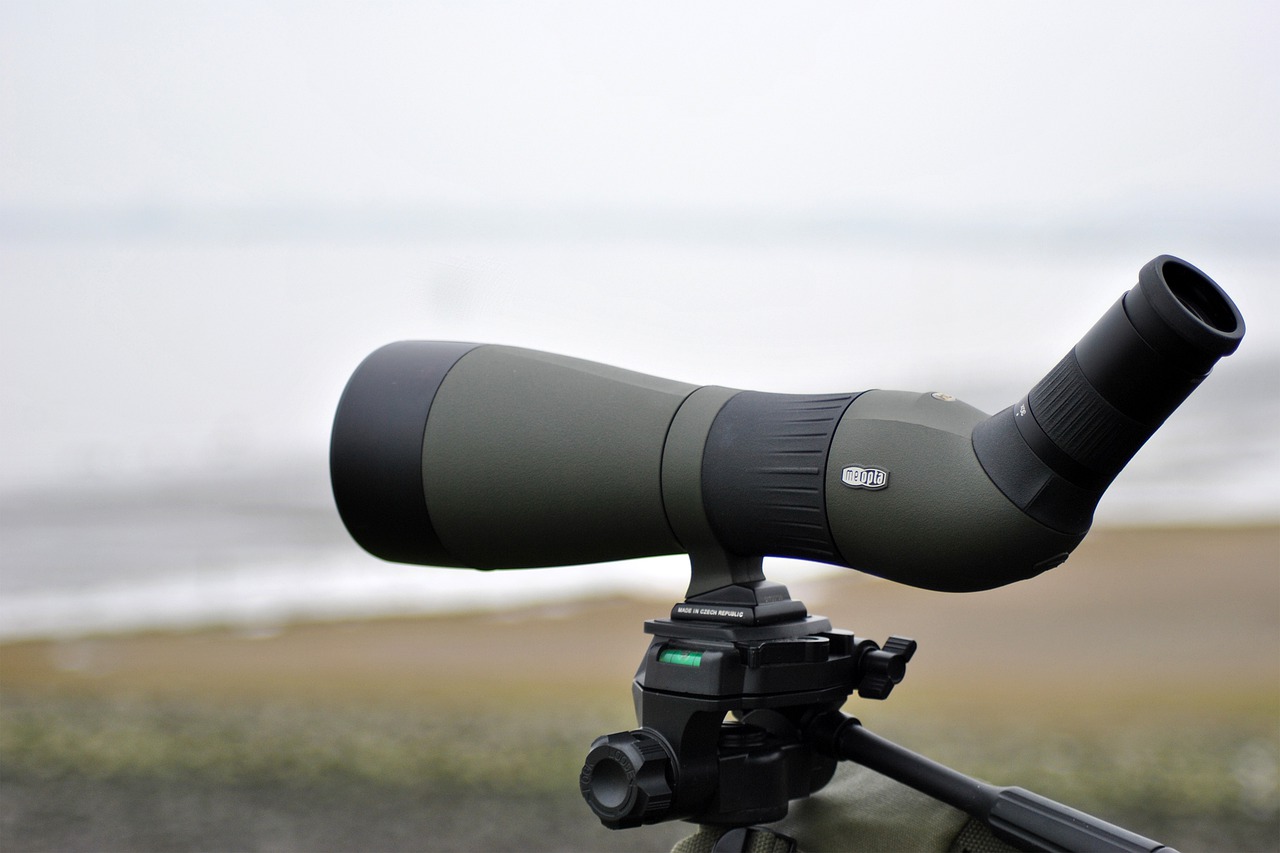
A&W Outlets
The Best Spotting Scope Reviews and Advice
Setting Up a Spotting Scope
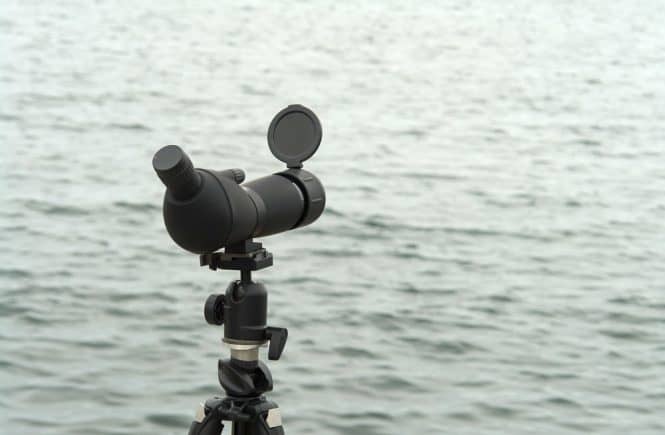
This site contains affiliate links to products. We may receive a commission for purchases made via these links.
Table of Contents
Introduction
The spotting scope may have the same functions as telescopes and binoculars however the device still differs from those items. The unit fits certain activities more like nature study, hunting, birding, and wildlife watching.
Even though many people use binoculars for birding, many opt for the convenience of spotting scopes instead. The device that a birdwatcher will use will be based on the kinds of birds he plans on viewing plus the locations where he wants to perform the activity.
Selecting the best spotting scope will be determined by two primary aspects: the object to be viewed and the distance at which it is settled. In case you are a beginner and want to know how to use a spotting scope, no worries, for this article will discuss that here. Instructions on how to use and set the item up will be mentioned.
Every spotting scope includes a manual so make sure that you have it by your side as you are learning how to use the device. Keep in mind, though, that the instructions here are pretty basic particularly for the tripod segment.
The instructions you may have for your spotting scope and tripod might be a bit different so make sure to refer to your manual or get in contact with the manufacturer of the product.
Scope Preperations
• Remove the cover of the scope (in case it includes one) and open up the objective lens, focus controls, and the eyepiece.
• Take away the caps that might be on the scope. Now it’s time to know how to use a spotting scope on an object.
Looking for Targets
• Always begin at a lower magnification and concentrate the image for clarity and a wider FOV or field of view. To focus, shift and rotate the focus controls until the image becomes clear and crisp.
• You may need to twist the eyecups down or fold them up if you are wearing glasses so that you will have sufficient eye relief.
• If the sun is not behind you and is located at an angle to the device, draw out the sunshade at the end of the objective lens (if your scope has them).
• Look for targets by making use of the panhandle to observe the surroundings.
• As soon as you have found a target at low magnification, boost its power until you have acquired your preferred view by rotating the zoom ring.
• If need be, refocus once more with the focus controls until the image becomes sharper and clearer.
Using a Tripod
• Expand the legs of the tripod by unlocking the leg levers to adjust the height, then lock it in place as soon as you have acquired the height you need.
• Fiddle with the leg extenders to a good height for every leg in case you are using the scope on an uneven ground surface.
• The tripod might already come with a tripod adapter or a mounting plate that can be taken away from the mounting platform. Loop the plate or adapter to the scope and secure it with any tightening mechanism that the tripod comes with. Make sure that you have practiced doing this before using the tripod for the activity.
• Position the scope on the tripod. If the tripod has a quick-release setup, slide the plate into the platform and click it in position.
• In case you want the tripod to be taller, unlock the center column extension or neck extension then lock the unit back in place as soon as you have acquired the height you are after.
Tilting and Panning the Scope
• To pan and tilt the scope, you will have to unlock the locks for the tilt and pan features. You can accomplish this by means of the locks or levers that the tripod comes with. There are current tripods though that come with locking mechanisms and are integrated into the handle. By rotating the handle in a clockwise manner, users can lock the unit in position or slacken the unit by loosening the handle.
• Do not tilt and shift the scope with the device itself. Make sure to always use the panhandle to adjust it.
Summary
The steps on how to use a spotting scope are not as challenging as they sound even though they may seem like they are quite complicated by skimming a spotting scope manual. However, with enough practice and training, some help with practical accessories and certain methods that will help you save time, using the spotting scope will finally be a breeze.
Latest Reviews
Latest Articles
Follow Us
© 2021 AW OUTLETS
